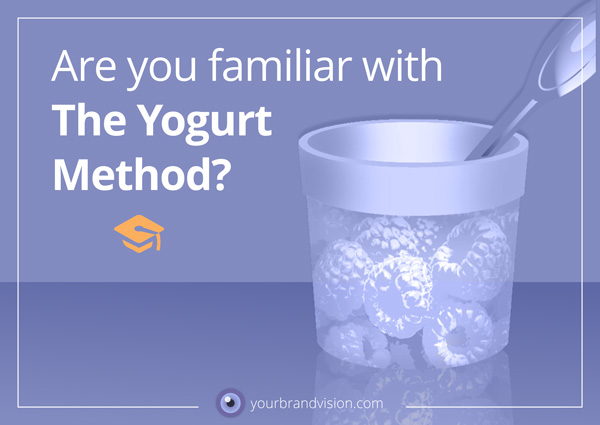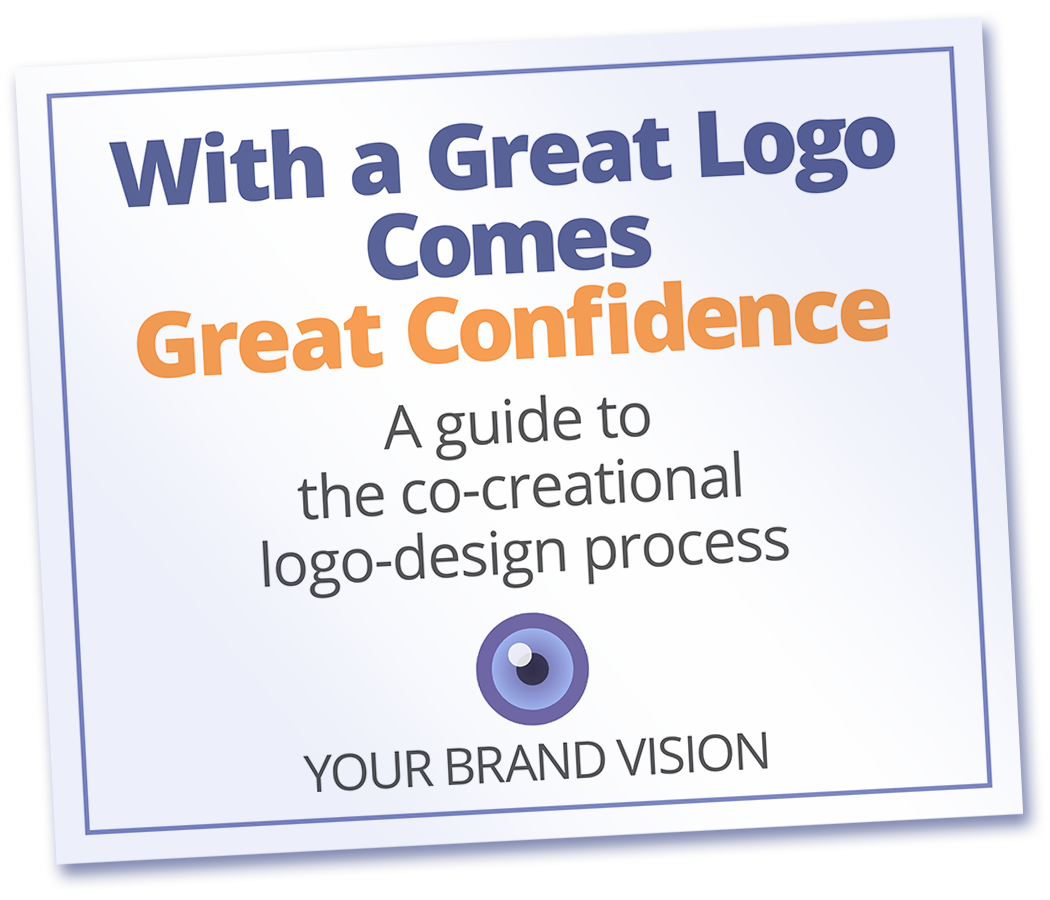
This is a newsletter on the go from Oslo, Norway where I am staying a short week. Traveling makes it somewhat cumbersome to do new video recordings, but it’s still going to be all about video.
Over my last 5 newsletters I have been sharing some short videos with you. These are free mini-classes where I teach graphic design and visual branding. In tiny portions.
I decided up front that the videos should not be longer than 5 minutes. I wanted people to be able to look at them in a break or when convenient between other things. I have learned a ton by doing this and have enjoyed myself very much.
To decide on a subject and try to keep the presentation within this short time frame is a fun challenge. The presentation needs to be logical and have a head and a tail.
As an expert it is easy to trip into the pitfall of believing that everybody knows as much as oneself. If people haven’t even been aware of the existence of your topic this can turn out pretty badly. Have you ever had an explanation from an expert, nodded like you understood it all, and left the place as (un)wise as before? I know I have!
There is something called “Curse of Knowledge”. This is when we think that what we know is as evident to everyone else that it is to ourselves. I think we all suffer from this to a degree and this makes teaching and communicating less effective.
It is not always easy to place oneself in the mind of the receiver, but it is fun and totally necessary. I call this the “Yogurt Method”.
What the heck is the “Yogurt Method”? I also asked this the first time I heard someone use this phrase. Unfortunately, I cannot remember who. The Yogurt Method is for people who need to be fed something with very small spoons. I think the proper way of saying it in English is “spoon-fed”? One may easily be offended by this, but stop a second and look at it with a new mindset. There really are some very positive aspects with the Yogurt Method, namely:
– what is to be digested is usually a very tiny container of healthy, tasty and filling stuff.
– we use a tiny spoon to take it in.
This is demanding on the sender/teacher. My experience is that when I started using video and was able to SHOW what I explained as I explained it, this made the teaching much more effective. It also made it possible to work through the material in a very short time frame.
Graphic Design is of course a very VISUAL subject and some of it is almost impossible to teach with words only. Illustrations are in demand, and “live visualizations” make it even easier to explain accurately. One can do things correctly WHILE people are watching and point out the difference between right and wrong.
You can watch the 5 first “5MIN VISUAL CLASSES” here. It is said that images, even without animation, are perceived and understood faster and remembered much longer than if the same concept is described with words only.
We also enjoy seeing how something is done, before trying to do it ourselves. I firmly believe in animated explanations both in educational and commercial contexts.
Graphic Design is surely not the only topic or business that can be made more understandable by using visualization and animation. What about your field of expertise? Do you sell an idea or a concept that is difficult to explain with words only?
What about showing them instead?
Images and animation make it easier for people to understand and be engaged.
I would love to brainstorm your ideas for an instructional or commercial video
(they can be the same) and produce a video that explains your idea, concept, or proprietary system.
Please contact me if you want to have a virtual coffee-break and talk about video! It is a challenge to know where to start, if you want to work with the visual branding and graphic design for your business. Let’s have a talk on Skype or telephone to see how I can help you, starting at the point you’re at right now. I am curious about what you have to say. There is no cost for this call. Book a call through my scheduling page here.


